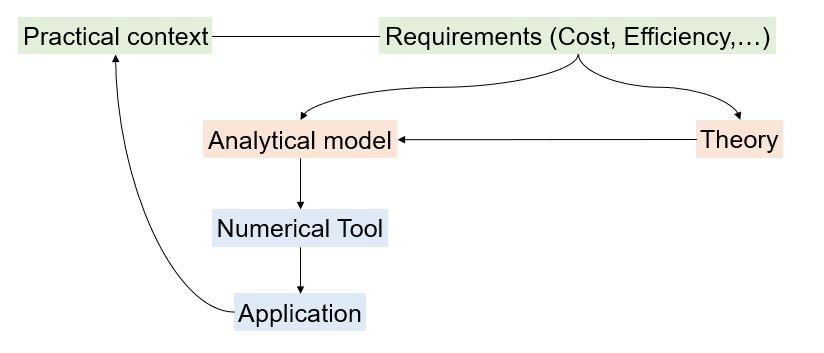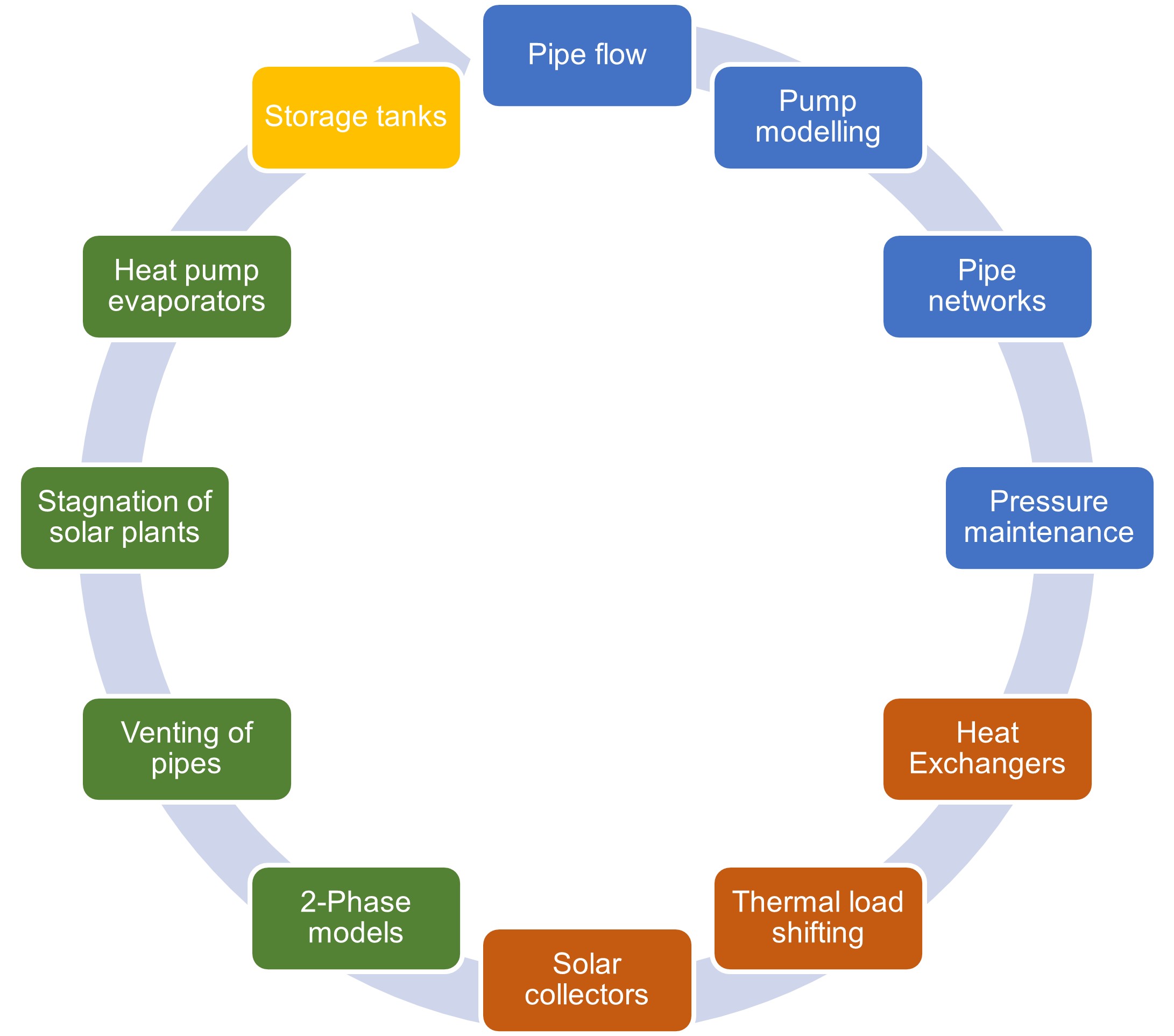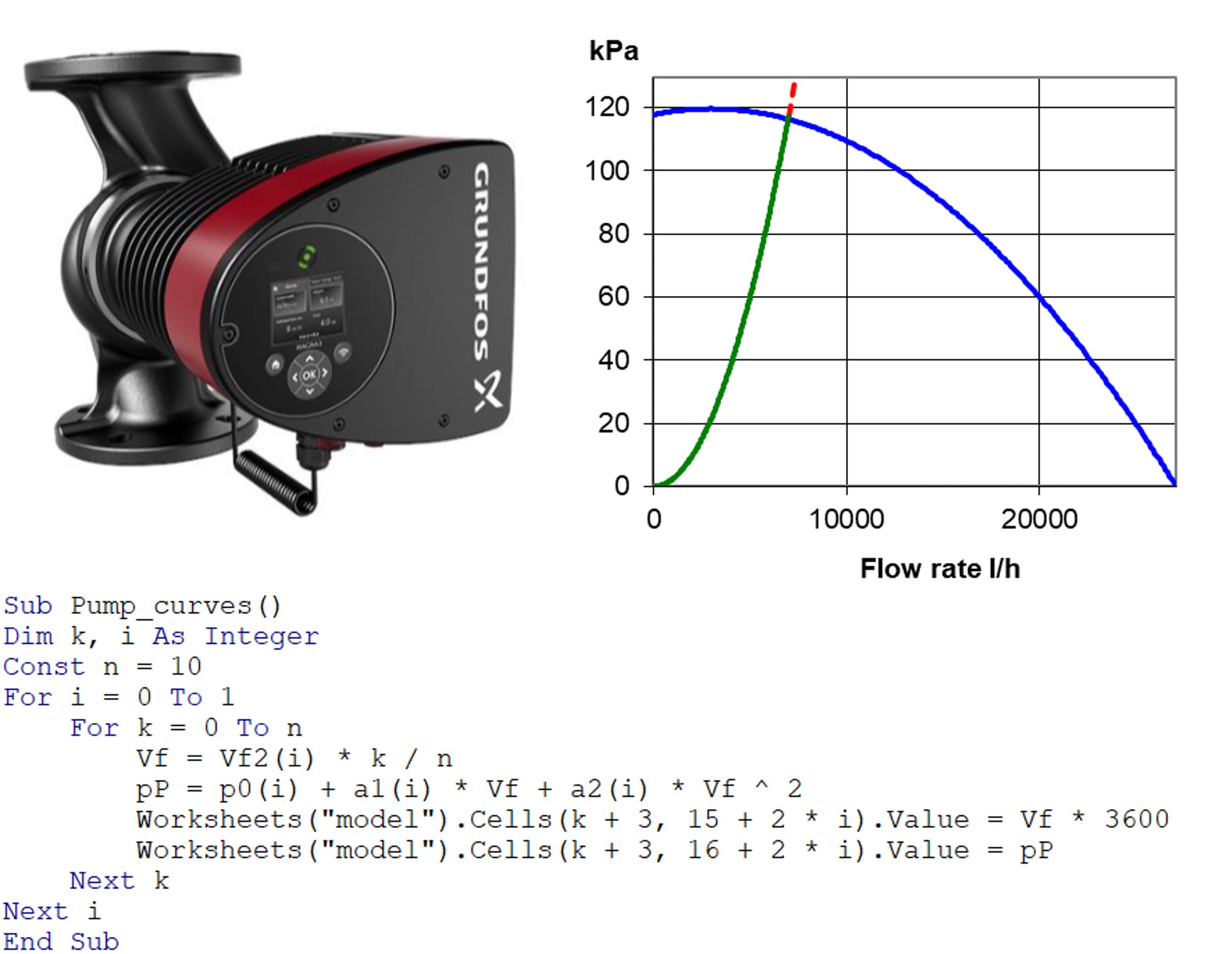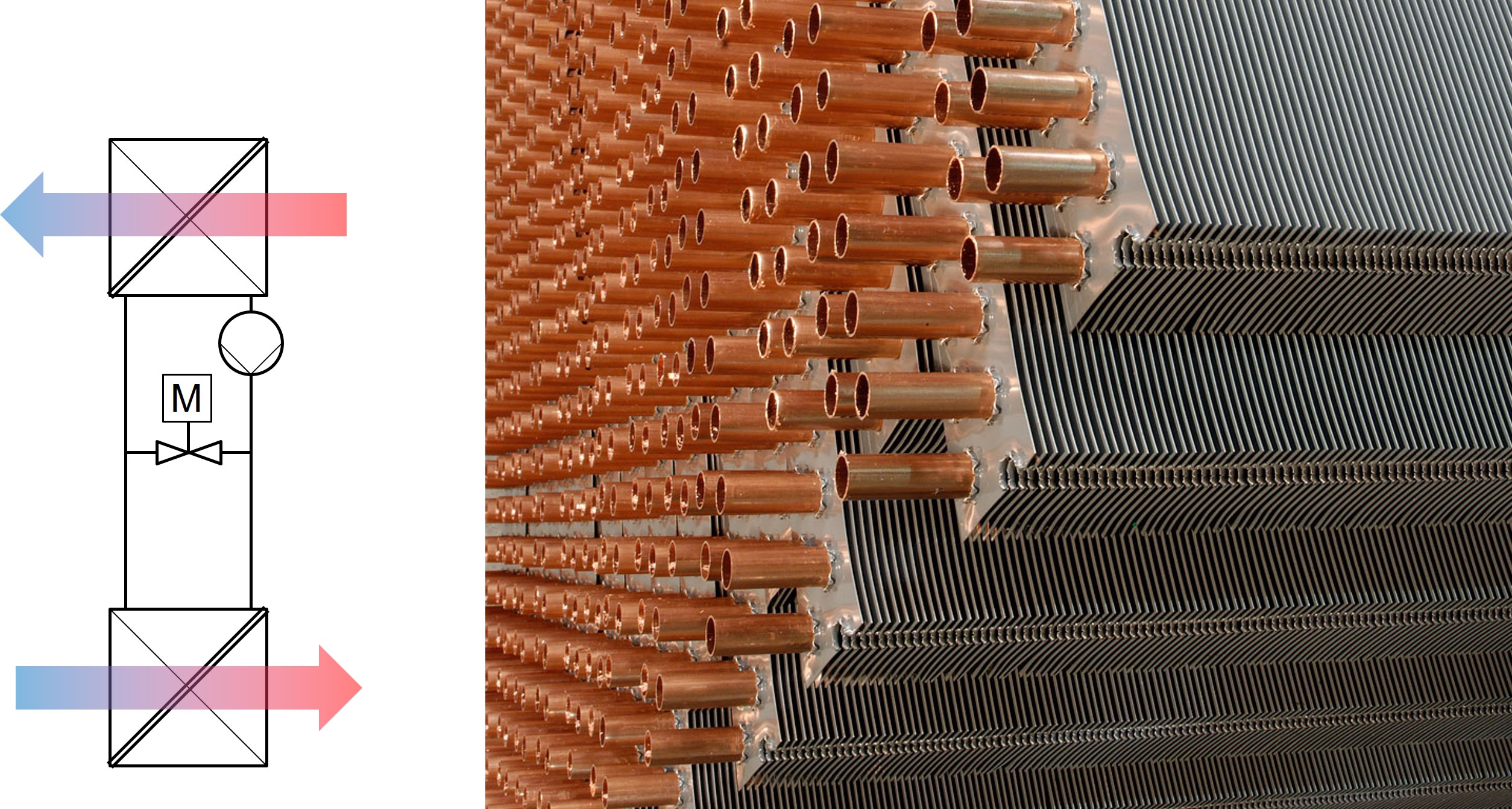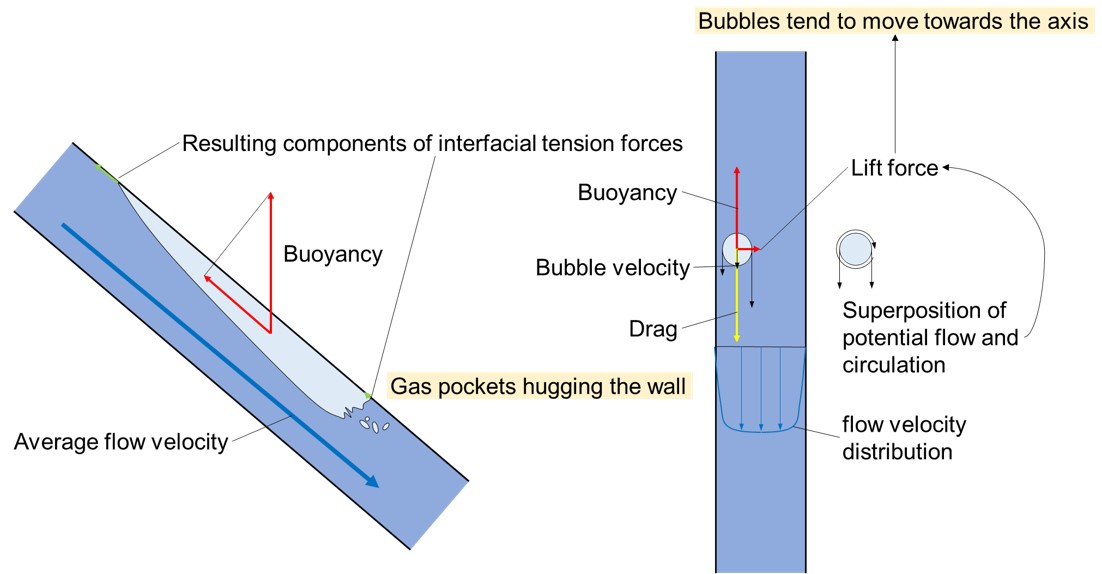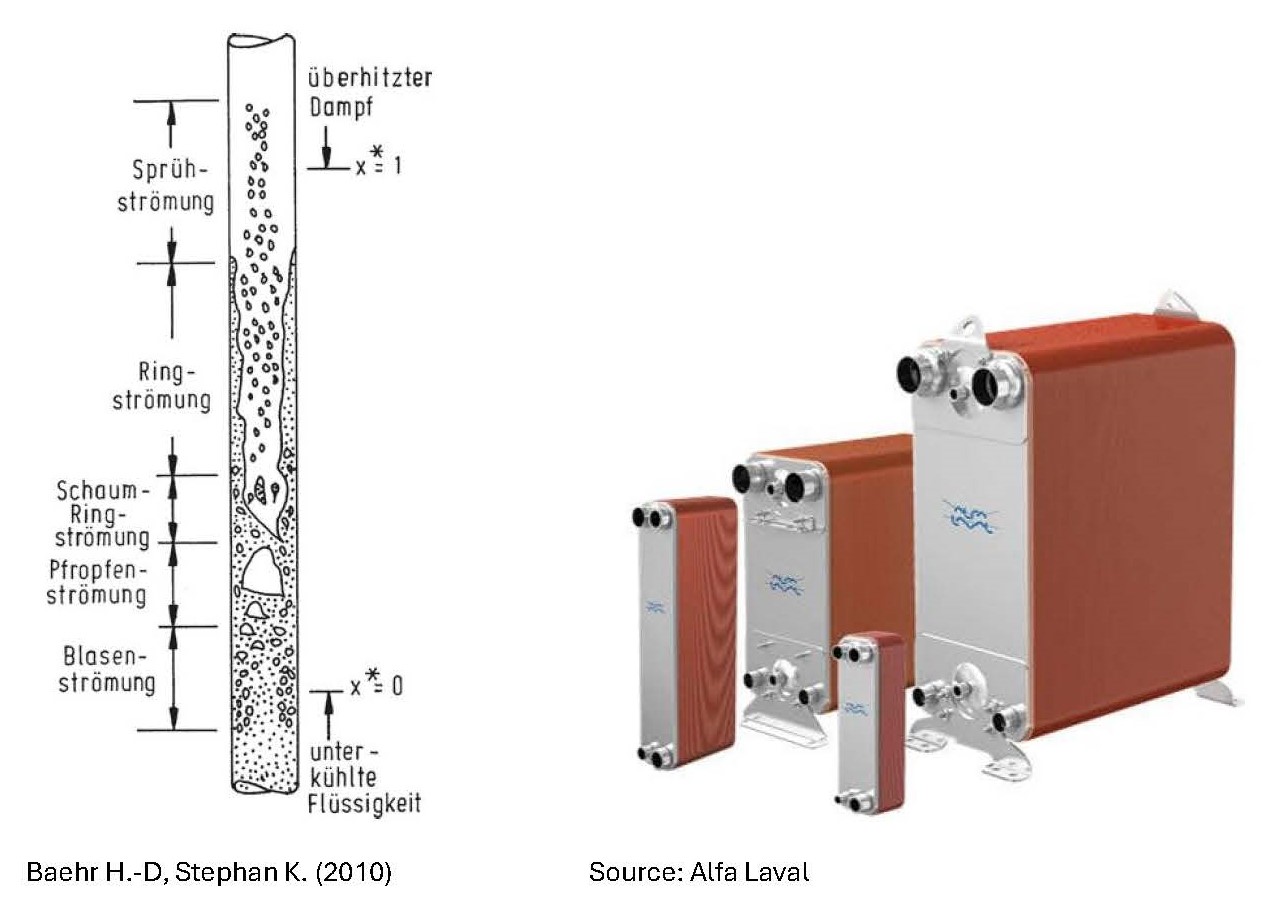Thermal Hydraulic Methods for Energy Systems in Buildings and other applications
This Technical Scientific Module (TSM) is offered in the MSE program in Building Technologies. However, the content can also be of interest to students of other profiles, such as "Mechanical Engineering" and "Energy and Environment". It not only provides a foundation for modeling complex energy systems but also makes the models tangible through practically applicable open-source tools.
This website provides information about the context and content of the module. You can also find a short description here:
Thermal Hydraulic Methods for Energy Systems in Buildings and other applications (www.msengineering.ch)
- Each topic will be motivated by one or several practical use cases for which we will derive appropriate models.
- No specific previous knowledge is required. Mathematical methods will be introduced when they are needed.
- Many models are based on current research results and are therefore not yet found in textbooks.
- With the knowledge gained in the lecture you will be well equipped to design sustainable energy systems.
If you have questions, don’t hesitate to ask:
Prof. Dr. Ralph Eismann | FHNW


